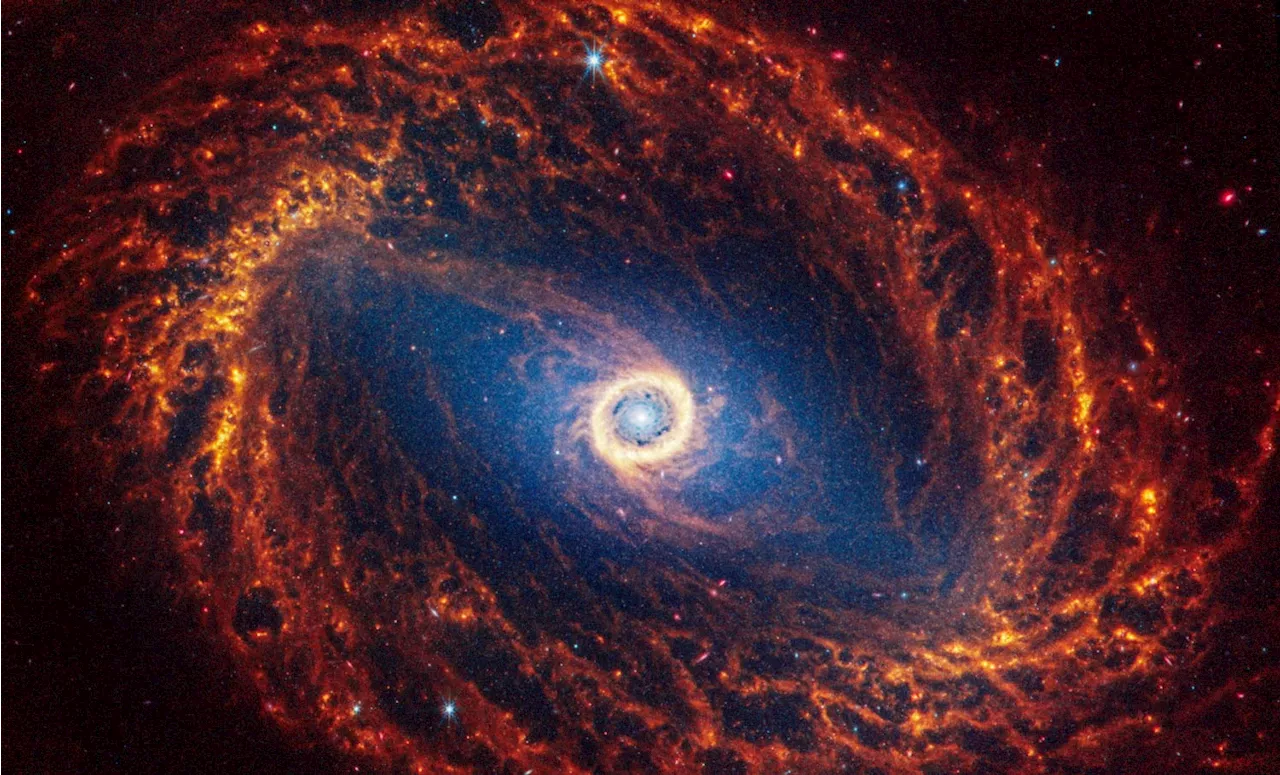The new images from the Webb telescope offer new clues on star formation as well as galactic structure and evolution. The images were made public by the Phangs team, providing remarkable detail on 19 spiral galaxies near our Milky Way. The closest galaxy is NGC5068, 15 million light years away, while the most distant is NGC1365, 60 million light years away.
The new images from the Webb telescope offer new clues on star formation as well as galactic structure and evolution. Spiral galaxy NGC 1512, located 30 million light years away from Earth. Nasa, ESA, CSA, STScI, Janice Lee (STScI), Thomas Williams (Oxford) and the Phangs teamshow in remarkable detail 19 spiral galaxies residing relatively near our Milky Way , offering new clues on star formation as well as galactic structure and evolution.
The images were made public on Monday by a team of scientists involved in a project called Physics at High Angular resolution in Nearby GalaxieS (Phangs) that operates across several major astronomical observatories. The closest of the 19 galaxies is called NGC5068, about 15 million light years from Earth, and the most distant of them is NGC1365, about 60 million light years away. A light year is the distance light travels in a year, or 9.5 trillion kilometres. The James Webb Space Telescope (JWST) was launched in 2021 and began collecting data in 2022, reshaping the understanding of the early universe while taking wondrous pictures of the cosmo
Webb Telescope Star Formation Galactic Structure Evolution Spiral Galaxies Milky Way NGC5068 NGC1365 James Webb Space Telescope
